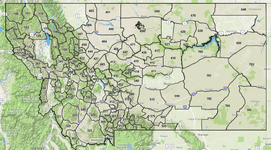ToolMann
WKR
I hunted Unit 4 in 2020. Had high expectations from a buddy who grew up there but had moved away. We had a blast, but the hunting sucked. My buddy was shocked at the change over the years he'd been gone. It will be a while before I go back, but I'll still be back.

